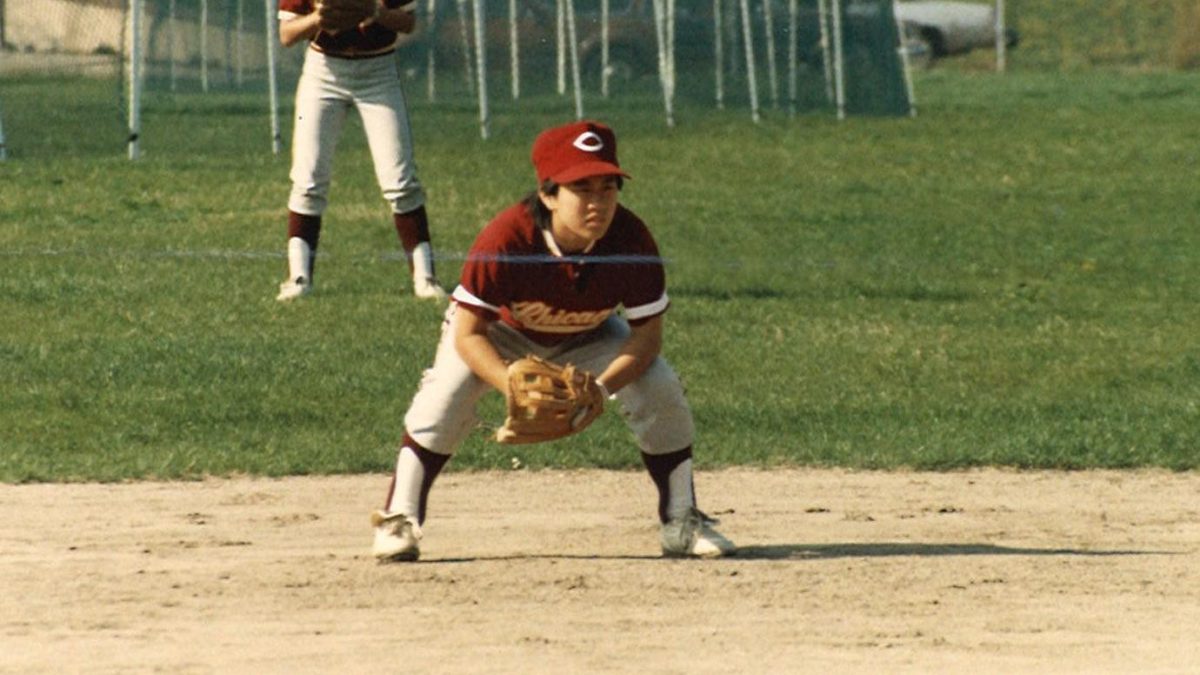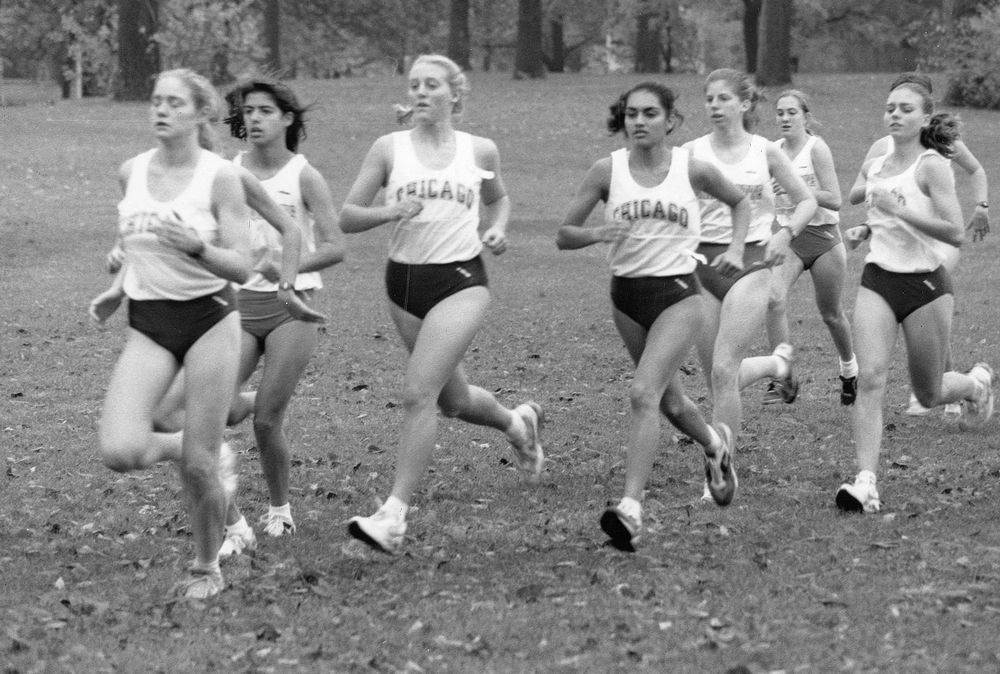“Prove you’re from Russia!”
As second-year Sergey Novikov squares off in front of the net to take his team’s final penalty shot in a tied-up broomball match, his Shorey House teammates begin to chant. It’s past 11 p.m., far below freezing, and the next time the sun rises on the Midway, most of Novikov’s teammates will be shuffling off, dreary-eyed and pneumonia-stricken, to their calculus midterms.
Yet none of these factors, not even the bruises covering most of his body, deter Novikov as he focuses just long enough to rocket the ball into the upper left pocket of the net. His maniacal housemates erupt on the sidelines, and moments later Novikov steps into goal to block Coulter’s final penalty, carrying Shorey to its first regular-season victory.
Shorey and Coulter represent just two of the 29 squads willing to risk hypothermia and sacrifice sleep to do battle in arguably the most brutal sport on campus: the quirky, fascinating, and even ridiculous game of intramural broomball.
For the unenlightened, remove all the speed, grace, and finesse from hockey and you have broomball. Played on the Midway skating rink with street shoes instead of skates, a mini-soccer ball in place of a puck, and plastic “brooms” that are little more than wide sticks, broomball pits teams of eight against each other in a painful battle to stay on one’s feet while scoring goals. Dribbling, or even touching the ball, with one’s feet is outlawed, as is contact with the hands. Despite the goofy nature of the game, don’t be caught criticizing the silliness in front of any broomball diehard.
“When I first was on the ice, I couldn’t help but laugh at how ridiculous the idea of this game was,” first-year Molly Turner said. “But I quickly realized that, despite the lack of elegance, people weren’t messing around.”
Broomball’s disciples make up the most enthusiastic athletes on the quads, evidenced by the sheer number of students willing to brave the utter cold and late nights for a painful sport whose only reward is bragging rights.
“It’s is the number one intramural sport in popularity and demand,” intramural coordinator Tamsen Burke said. “Students sit at their computers or stand outside our office and wait for the 9 a.m. registration. Since we began offering it in 2001, broomball has never had a forfeit.”
The hardcore nature of broomball enthusiasts speaks to the intensity of the game itself. Wipeouts are inevitable, and anyone who stands a chance at being an impact player needs to purge the fear of falling from their mind. Play stops almost constantly so students can be helped off the ice by teammates after a spectacular slip-up, making a healthy supply of substitutes one of any team’s greatest assets. Sliding into an opponent and intentionally entangling oneself in his legs serves as a highly effective way to win possession, and thus self-sacrifice becomes another key to success.
Willingness to throw oneself down for a drop block, slide tackle other players to gain possession, and sprint after the ball without fear of splitting one’s head open on the ice become critical skills. With all the slipping and falling, the body takes a beating over the course of a game. The infamous “broomball bruises” appear on the knees of most players only hours after a match.
Caught up in the frenzy of the game, students bite the bullet and fight back the pain until the final buzzer, many not realizing until they limp off the rink just how sore they’ll be the next day.
“When you are having fun playing broomball, you somehow don’t feel that cold or painful or tired when you drop your knees on the ice making a save for the nth time,” second-year Bingyu Zheng said.
This brutality links back to the roots of the sport. Although most agree that broomball arose in Canada at the start of the 20th century as a simple twist on hockey, a quick Wikipedia search reveals that accounts exist of a similar game in 18th century Iceland, where matches could last for days, and fatalities were not uncommon.
Beyond the intensity of broomball that draws anyone looking to go into battle and take out some aggression, the openness of the game may be its biggest draw. When speed and balance are annihilated by the slipperiness of the ice, and when the awkwardness of the broom lays waste to even the best ball-handling skills, iron will and bravery replace coordination and athleticism as a team’s most valuable assets.
“It’s a great sport for people of all skill levels,” first-year Megan Carlson said. “Nothing puts you on equal footing like not being able to find yours.”
Whatever the true draws of this unique game may be, they were enough to convert Turner, an initial skeptic dragged unwillingly along by her housemates, into a true believer.
“For me, the highlight of the game was breaking my broom while going after the ball, twice,” Turner said. “The first time was more of an equipment malfunction, but the second was a dirty splintering of the wood…just like in the NHL. It felt good—really good.”









